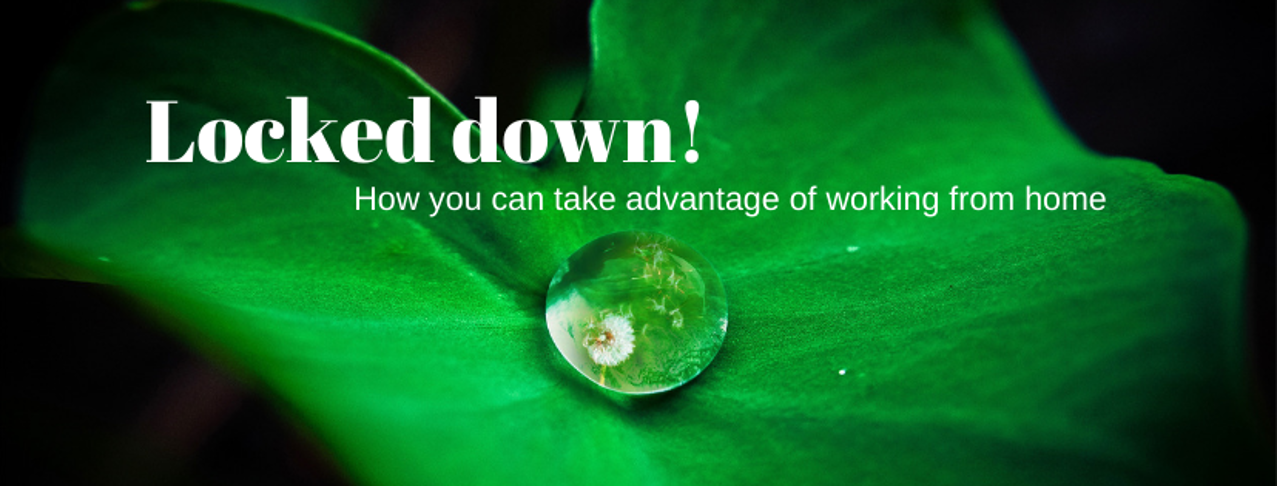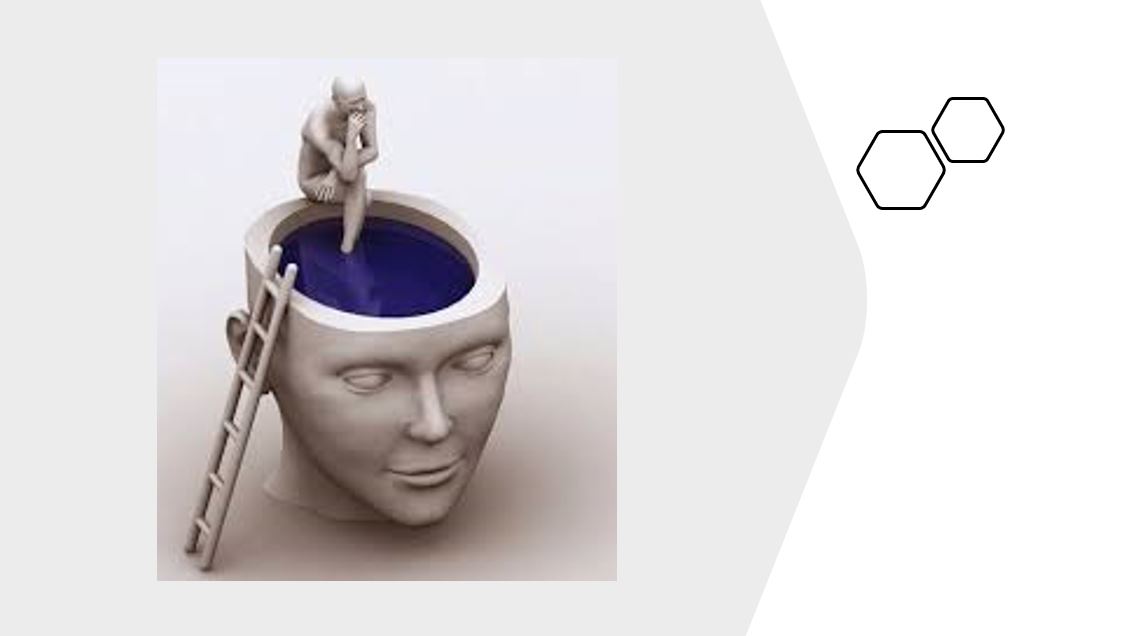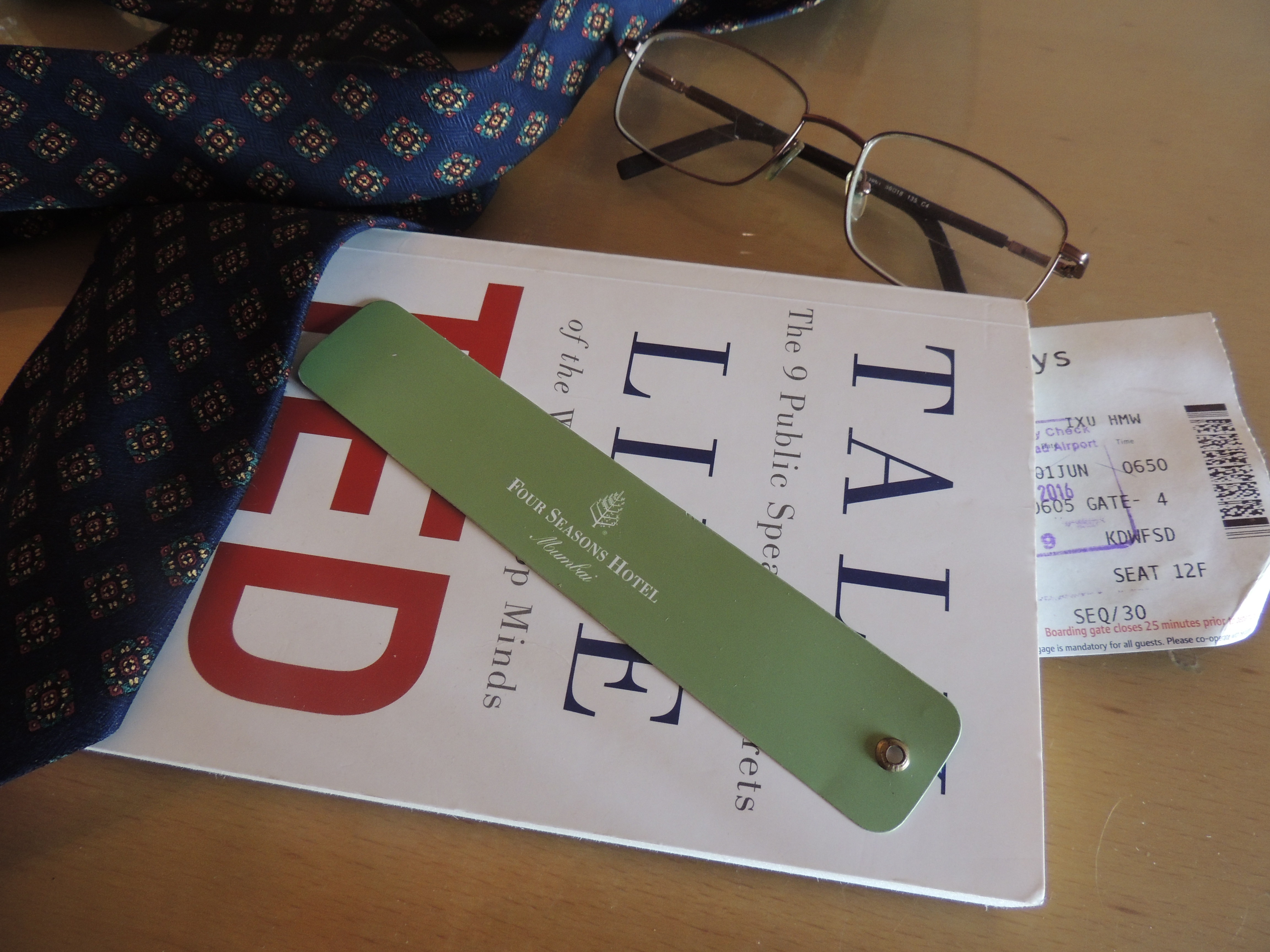
Prime Minister Modi’s Janata Curfew is upon us. Till last evening (21 March), India has 0.1% of Corona virus infections globally, and I hope it quickly heads south. If it doesn’t though, the social experiment to lock down on the 22nd will set the stage for future lock downs if things get worse.
But “work from home” is here for a few weeks at least. We’re stuck at home. And I find a lot of people getting restless over it. You don’t have to. I see this as a fantastic opportunity to do all the things you never find time to do. Act now, because the window is narrow. Do something really worthwhile!
What are you missing?
Mostly, it’s the routine of waking up, getting to work, engaging with people and doing something constructive all day. Come to think of it, that doesn’t need to change. All that changes is how you do those things sitting at home.
What you can do
Think about it in 5 buckets – Work, Body, Mind, Heart and Spirit. Relate it to achieving something of consequence, something worthwhile. Then go for it!
Use this time to get noticed, give your teams the leadership they need in these difficult times, build your brand, create an image, learn new skills…there are a lot of things you can do.
Sit back, create your plan and go for it.
Work
Be the leader your team needs. They are probably more confused about the present and uncertain about the future than they have been in a long time. Set the direction, and a rigor of business to keep everybody on the same page. Sure, they may not have many customers to serve these days. But there won’t be a better time than this to plan, prepare, prevent bad things from happening, developing yourself and the team, and validating values and alignment. Use this time effectively
- 1. To build and extend trust with your team and your customers
- 2. Get early insights into what your customers are thinking. Or just get them started
- 3. Visualize and brainstorm how you’ll serve customers & grow your business in the post scenario
- 4. Build your execution plans for today and tomorrow
- 5. Coach & cultivate mindsets to serve your customers and for your business to thrive
- 6. Invest time in learning new skills
Stay in touch meaningfully with your staff, customers and business partners. Show that you care. Strengthen relationships and increase the deposits in your Emotional Bank Account. You will need to withdraw from it some day!
Body
Get Fitter! Look Better! Feel Better!
Spend time working on your image. What perception do you want to create about yourself? Think about the things you need to do to influence people favourably when they perceive you through their senses – what do you want them to see? What do you want to convey and how do want them to feel? What and how should you say it? On what platforms can you do all these things? What can you leverage to create such an impression? Above all, create a plan, and work on the supporting skills.
Think about your personal brand. “I am the face of ……………” or “I stand for…………”. What do you want to be known for? What can you create or excel at that becomes your personal identity? For example, in the airline world, when you say “On Time”, which name pops up? Or when you want to photocopy something, you ask people to Xerox it! Research some personal brands, or better still, play a little game – state an area, and visualize the first person who comes to mind. Let’s say you want to try this about Indian sport – “Women’s Badminton” – who do you see? “Aggressive cricketer” – who do you see?
Now say something about your work area that you think is important. What do you need to do to be the face people see when they think about that area?
The next thing here isn’t exactly earth-shattering. Stick to a routine. All you need is to do it. The operative word here is “DOING” things. Some basics can help you maintain a routine that’s close to what you do regularly. It’ll make sure of two things – the first is you wake up at the same time you do every morning; secondly, you are in appropriate “go out” clothes, which means you’ve done your routine of getting ready for the world. For people who don’t work from home regularly, you can’t imagine how important this simple thing is. You’ll realize if you let things slip, its already lunch time before you get out of your pyjamas!
Use commute time at both ends of the day to walk (do take precautions to stay healthy). In most cities, commute times are a good 90 minutes on an average. If you walk at an easy pace, say 5kph, you’ll walk 7.5km every day. Unless you’re a regular walker, that’s not bad at all!
I’ve been walking morning and evening for a little over 4 weeks now, and although I didn’t take any targets (!), there are some benefits I can see. I’m hypertensive. My systolic number is down by about 20 points, and diastolic by about 10. More than that, it’s made me more disciplined and I’m now pushing some limits.
Mind
This is a great time to broaden your horizons. It’s a great opportunity to not only take in new and useful information, but also enhance the understanding of what you already know.
To take in new information, if you’re a reader, then read a book a week. Because you have the time. But there’s an even better opportunity right now. Speak to a lot of people who can give you perspective. Because even they have time right now. And everybody likes to tell their story. More than that, you kill two birds with one stone – you make deposits into your Emotional Bank Account with them. So learn and enhance relationships at the same time!
Remember, nobody’s watching over your shoulder like when you’re in office. Listen to one TED video a day. If you can find good stuff on your interest area, watch Youtube videos too – there’s some good stuff out there. Learn about the subject matter, and how you could make your own video one day!
Teach to learn. When you try to teach somebody something, or write something for somebody, you have to be very clear about the subject because otherwise its not easy to explain it. This is the time to write that book. Don’t be overwhelmed by the idea. Everyone has at least one book in them. Don’t worry about publishing. You don’t need a publisher. Write an e-Book and publish it yourself on Amazon. There’s plenty on the internet to tell you how its done.
Write that Linkedin article. Be heard, be noticed. Have an opinion, and don’t be shy to share it.
The more you go out there and communicate to others, the more you need to research and learn. It’s a great way to enhance everything – your image, brand, reputation, learning, skills – whatever.
Take a course on something you keep hearing about but know only a little bit about. Digital marketing for instance. Or how to build a personal brand. Maybe Strategic Thinking is an area you want some fresh ideas on. Artificial Intelligence might be interesting. Big Data, Analytics, Robotics – it depends on what you do, and how the new learning is relevant to you.
You definitely want to learn tools that will come handy these days – things like Zoom. And if Zoom is getting a bit busy, then you may want to try a nifty new kid on the block called Microsoft Teams. It does what Zoom does, plus gives you a few nice collaboration features.
Heart
We build so many relationships over time. And then, in the timelines of our lives, we leave them aside like debris on the roadside. That’s because we don’t know what else to do. There’s no time to nurture those relationships. Well, the lack of time is hardly an excuse when you’re working from home. Its never going to get better than this.
How many of those 500+ Linkedin connections have you communicated with in the last one year? You don’t really have to do much. Just go to notifications every morning and wish people on their birthdays and work anniversaries. I know somebody who for the last several years has religiously wished people on their birthdays and is today reaping the benefits of all those relationships in his business. Its just a matter of doing it.
Your customers will love you for reaching out to them in this time of distress. After all, how many customers are used to being contacted when there is no business to be done?
Build trust with your team at this time. Everything has changed for them too. Working from home, the lack of structure, order and physical proximity when doing so, the uncertainty over health issues, the obvious hit on business and potentially their performance and financial insecurity are all causes of stress…you need to create an emotional safety net for people at this time. I’m sure their families provide them a net, but the family can’t be expected to fully understand their workplace concerns. That’s better represented by co-workers.
Spirit
Undoubtedly everybody is going through the stress of uncertainty. Slow down a little, because you can. Reflect on the things that matter to you, because you’re not spending time on the “noise” between workplace activities – smoke break, useless meetings, post meeting politics, commutes, counselling anguished co-workers etc. It releases a lot of time. Reflection is a great way to muse over things that otherwise get lost in the whirlwind of the workday. You are able to capture and retain a whole lot that would just “slip through the cracks” otherwise.
Use this time to calm down frayed nerves. Yours may be made of steel, but even steel eventually cracks. Meditate. You may not achieve the highs of levitating, and there may not be a tangible product rolling out the other side of your meditation, but it will certainly break the constant flow of stress in your system. The stress won’t break for good, but it won’t control you either.
Validate your values. The very fact that values vary depending on where you work, your upbringing, experiences, core beliefs, faith etc. means they can change. Validate the alignment between your values and your work, because you don’t want to sacrifice one for the other. You don’t get too many chances to sit back and do that.
Conclusions
Lady Corona has brought with her very destructive forces. But she has also created an opportunity. One of giving us the chance to rethink and redefine a lot of things, by affording us the luxury of time. Its for us to take the opportunity. Or not. It’s unlikely the world will remain unchanged after this. That’s why its important to step back and take stock, because as Marshall Goldsmith says “What got you here won’t get you there”!








